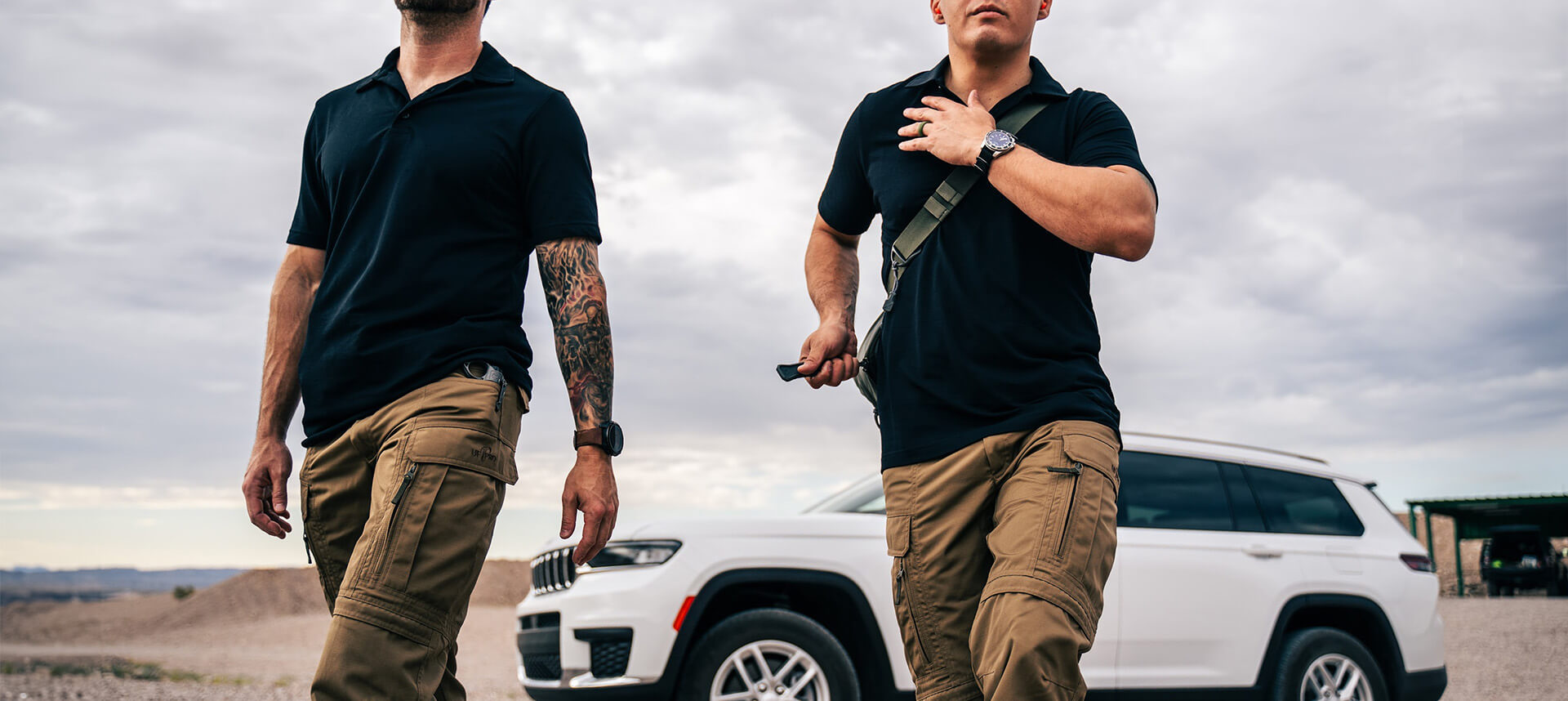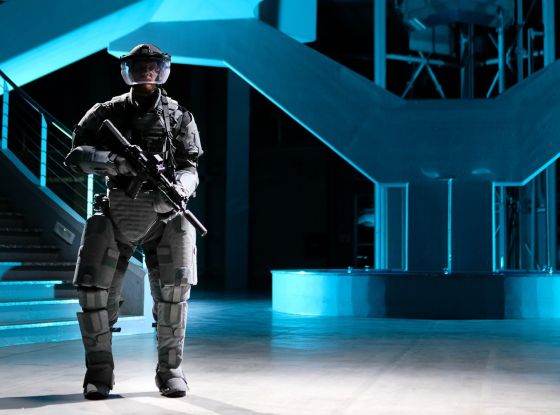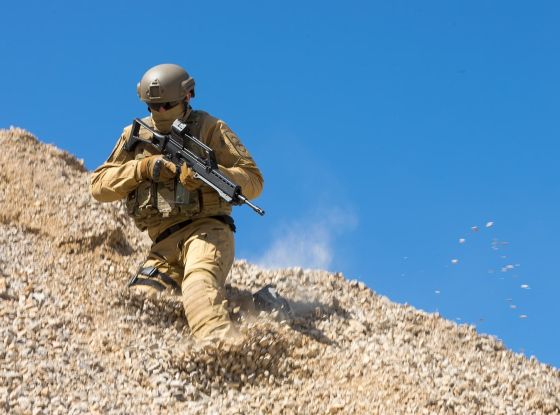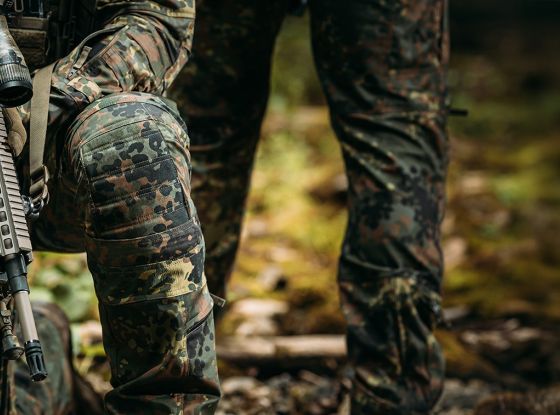Close protection. It’s a demanding domain, so being adequately equipped when heading into a mission should never be counted as mere enhancement to your operational capacity. Rather, it should be recognised for what it is—a lifeline.
In this blog post:
Introduction
There exists a vast array of gear to meet close-protection needs covering diverse security assignments and their exigencies. Whether the mission entails guarding high-profile dignitaries or ensuring personal safety, close-protection gear is available for it. This blog post dips a toe into the deep waters of the topic of close-protection gear and in so doing highlights the significance of these products across a variety of protection roles.
Correlation of Protection Roles and Gear
Close protection begins with an appreciation of the various roles a tactical operator might play within the domain of protective services and of the gear requisites accompanying each. Let’s look at the correlation between these roles and their respective gear requirements.
High-Ranking/Secret Service Protection
Tasked with the security of national or world leaders and dignitaries, operators in this echelon must be outfitted with the crème de la crème of gear. Here, every piece of equipment—primary weapons, backup weapons, high-intensity flashlights, immediate-response medical kits, you name it—is vital to mission success.
Corporate Security
Corporate protectors are responsible for the safety of business executives, celebrities, and the wealthy in a plethora of settings. Key to mission success here is adaptability to varying environments and threat levels. For that reason, the best gear is that which combines versatility and sophistication.
Retail Protection
Operating in malls, commercial hubs, and even street-front stores, the focus shifts to harmoniously balancing asset and personnel security—thus, an emphasis on surveillance technology and non-lethal restraining devices.
Personal Protection
Personal protection embraces the safeguarding of oneself and loved ones. The gear spectrum in this domain includes personal alarm systems, self-defence weaponry, and surveillance tools.
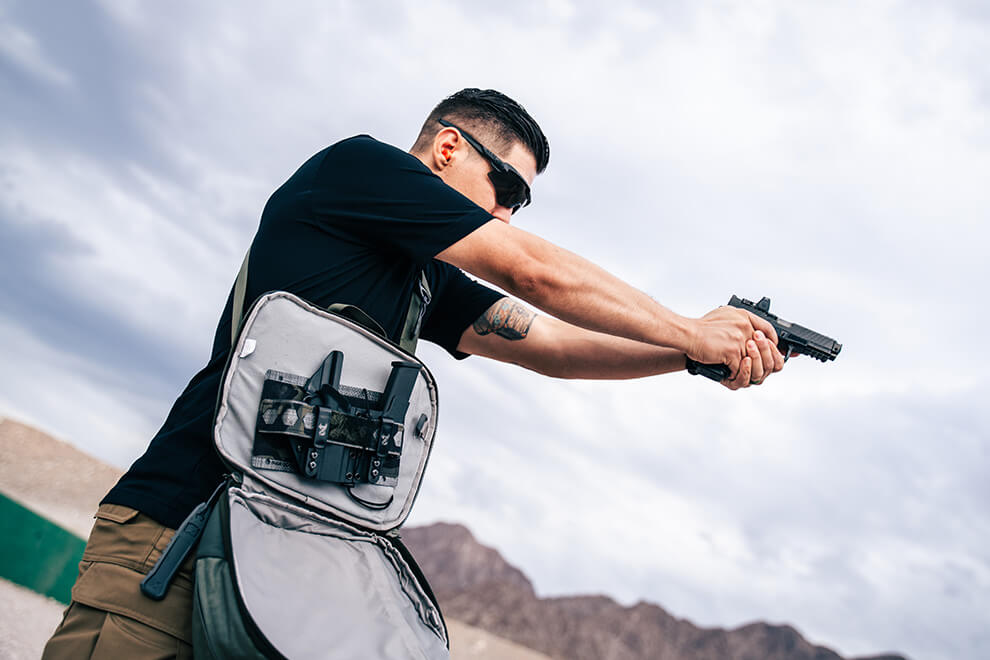
SUBSCRIBE TO UNLOCK OUR EXCLUSIVE CONTENT
Enter your email and get timely updates and relevant intel on tactical topics directly to your inbox.
You are signing up to receive updates via e-mail from which you can opt out at any time. Visit our privacy policy for more info.
Core Protective Gear
The prowess of close-protection operatives is intertwined with the core protective gear with which they are equipped. Let’s consider some of those items.
Weapons
Judicious selection of primary and secondary weapons enhances the operative's readiness and ability to respond to threats. One’s choice of primary and backup weaponry is determined by the nature of the protection assignment and by the spectrum of potential threats that might arise during that mission. Therefore, the choice must be viewed as a strategic one.
Primary weapons include handguns, rifles, and shotguns. Backup, or secondary, weapons include small, concealable firearms as well as knives. These come into play when primary weapons malfunction or cannot be accessed. Operators usually prefer as backup weapons those that can be swiftly deployed in close-quarters situations.
Flashlights
Bright light is no friend to an assailant. Shine it directly into his eyes and he’s temporarily blinded. The stronger the light, the greater the blinding effect and the longer it lasts. For that reason, close-protection pros typically recommend carrying a high-lumen torch—especially the type that can also be used as a club with which to bash a blinded assailant atop his head or jab sharply into his abdomen.
Medical Equipment
Say that an attack on the individual being protected succeeds to some extent despite your best efforts to foil it, and he ends up badly hurt. Blood is everywhere. You don’t have to be a doctor to know that, if something isn’t done in the next few minutes, this person is going to die. That’s why you need to carry an IFAK (short for Individual First Aid Kit). This compact kit contains lifesaving medical supplies, such as tourniquets, pressure dressings, chest seals, and haemostatic agents.
However, it’s not enough to carry an IFAK—you also need to be trained in the use of every item it contains. For example, you can’t just whip out a tourniquet, wrap it around the thigh where a bullet pierced an artery, and then call it a day. Tourniquet use involves very specific application and management techniques.
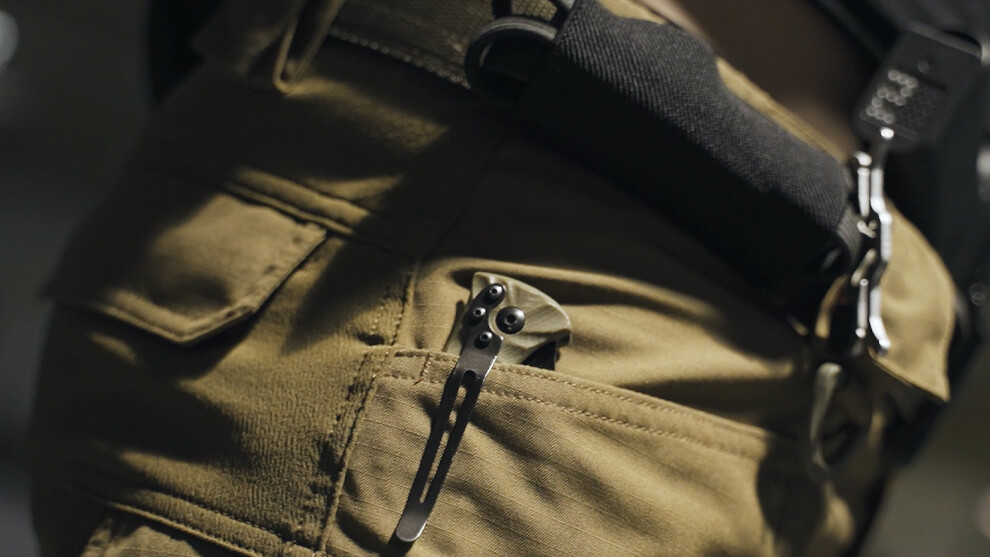
Attire Configurations
What operatives wear on their assignments depends on the type of mission. The job might call for formal attire or it might call for casual garments that don’t attract attention. In any event, attire configuring is a critical facet of close-protection work.
Covert Uniformed
The application spectrum of covert uniformed attire is as vast as the urban landscape itself. From low-profile surveillance operations to high-stakes close-protection assignments, this type of attire is the right choice for operatives who need to work unobtrusively amidst a crowd.
UF PRO Urban Polo Shirt: This is urban camouflage at its finest. Its breathable fabric helps operators stay cool, calm, and collected in the heat of the situation. It also helps them be agile and ready to meet mission demands head-on.
UF PRO P-40 Classic Gen.2 Tactical Pants: Think of these urban-action pants with their amply sized, strategically positioned, easy access pockets as a mini-warehouse for gear. Given the pliability of the materials used in their manufacture, there’s nothing about the P-40 Classic Gen.2s that gets in the way of your ability to run, jump, crouch, climb, or crawl.
Casual Covert
Low-profile operations require gear be kept out of sight to the extent possible. However, such operations still require that gear remain accessible. Ideally, then, this type of clothing should balance those two requirements rather than emphasise one at the expense of the other.
Semi-formal
The balance between gear accessibility and gear concealment is all the greater when it comes to semi-formal attire. This type of clothing is at home in business environments—corporate offices, banks, boardrooms, and aboard private jets.
Formal
When the assignment involves attending an event at which you have bejewelled guests in tuxedos and gowns, close-protection operatives need to be dressed for the occasion. That means attire that gives off not so much as a hint that beneath the sartorial splendour lays lethal hardware.
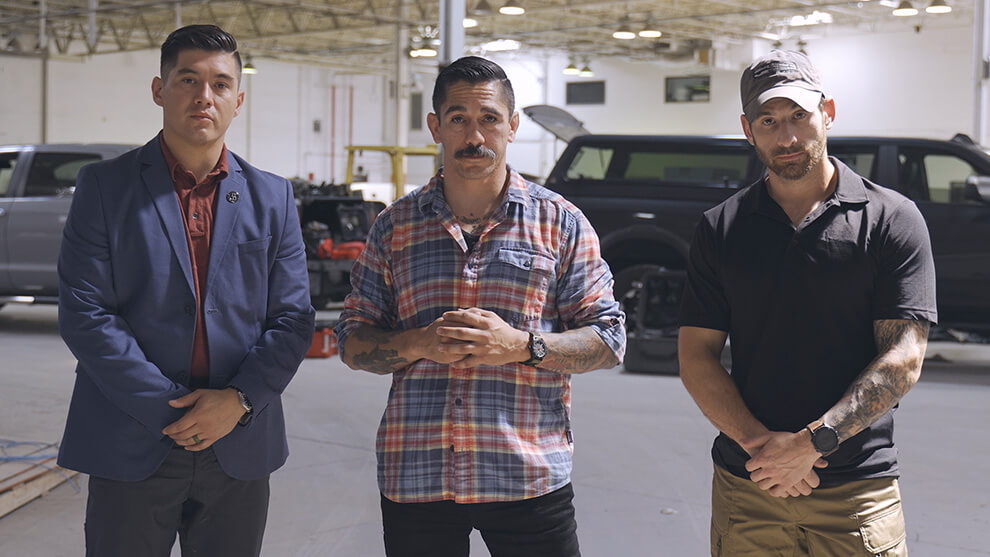
Pivotal Factors in Attire Selection
There might not be such a thing as the perfect attire for close-protection work, but never let that stop you from trying to find it. As you search, keep uppermost in mind that you’re looking for attire designed to maximise your efficiency, effectiveness, and safety. Four factors to focus upon are these:
- Task. The nature of the assignment is the main driver of the selection process. For example, if the job involves keeping an eye on a protected subject’s countryside home, you’ll make choices unlike those you’d go with were you called upon to shepherd that same individual through a jostling pack of angry protesters blocking his path from the door of his downtown office building to his waiting limousine at the curb.
- Location. Every setting calls for attire and gear that are correctly matched to the place. It’s difficult to take that which is intended for use on a city street and match it with a location such as a four-star hotel’s crystal-chandeliered ballroom or the ocean-sprayed quarterdeck of a superyacht.
- Weather. Sun, wind, rain, and snow are amongst the elements of nature that influence one’s choice of gear and attire. Because the weather can change seemingly on a whim, it’s essential that the clothing and equipment you choose be capable of retaining operational integrity regardless of the curve-balls nature throws at you.
- Environment. We’re really talking about two environments here—the physical and the social. You need to take both into account as you search for attire and gear.
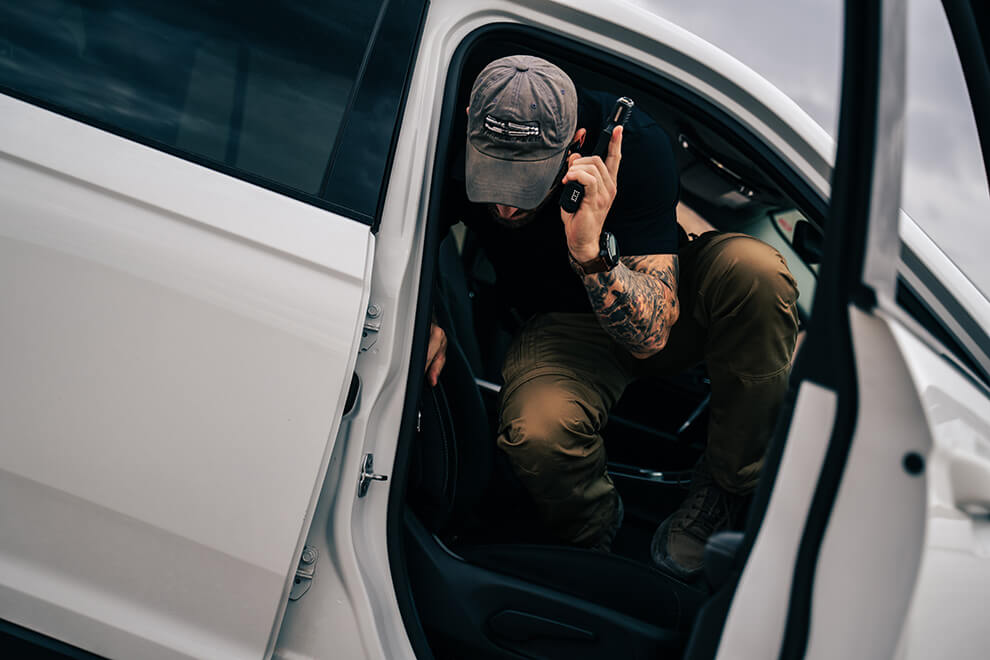
‘Pro’s Guide to Close Protection: Gear & Attire’
Put together by the adept “Triple Feed” trio of Gerry, Louis, and B-Dub, the inaugural episode of UF PRO’s "Pro's Guide to Close Protection" series is a trove of insights and practical wisdom pertaining to the intricacies of gear and attire for close-protection assignments. The episode dissects the core protective gear and attire configurations seen as pivotal in diverse protection roles. Whether you’re a veteran or a budding protection operative, you’ll find this episode well-worth viewing.
Conclusion
Close protection is effective only when those who perform it are properly prepared for encounters with danger in its many forms. A key facet of that preparation is choice of clothing and gear. While choosing wisely can’t guarantee mission success, the right picks almost invariably improve the odds that the assignment will end with you receiving pats on the back for a job well done.
The challenge is that the threats looming out there are continuously evolving. Fortunately, close-protection gear is evolving too. As a result, you today have options galore to help you do more than merely keep pace with the evolution in threats but also stay a step ahead.

